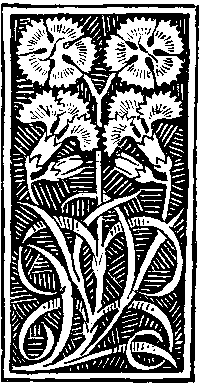Of Mice and Men:
Eve Titus’s Basil of Baker Street and Disney’s The Great Mouse Detective as Holmesian Adaptations
Keywords:
adaptation, animation, anthropomorphism, Basil of Baker Street, detective fiction, Disney, The Great Mouse Detective, intertexuality, Sherlock HolmesAbstract
Walt Disney Studios’ The Great Mouse Detective (1986) was the first (and only) Disney movie to engage Arthur Conan Doyle’s ubiquitous Sherlock Holmes series as a source for an animated feature film. However, this film was actually an adaptation of a previous Holmesian adaptation: Eve Titus’s children’s book series, Basil of Baker Street (1958- 1982). Titus’s stated purpose in writing these books was to create a gateway through which young readers might enter the Holmes canon, though this attitude sometimes inhibits her adaptation’s general concept by making her series entirely subservient to its ‘legendary’ source. Conversely, the Walt Disney Company’s trademark infidelity toward literary sources enhances The Great Mouse Detective as a neo-Victorian adaptation; by deviating heavily from Titus’s books, the scriptwriters and animators created an intertext that engaged a wider variety of Holmesian texts and sources. Moreover, Disney’s prior expertise in anthropomorphising animals allowed the animators to endow Titus’s animal characters with more individualised, human characteristics. Whereas Titus and her illustrator’s traditional ‘fable-like’ approach to anthropomorphism encourages the young reader to identify with the titular anthropomorphic mouse and to participate in his hero-worship of Sherlock Holmes, Disney leans toward a zoomorphic vision that renders Holmes and the Victorians accessible to young viewers.


